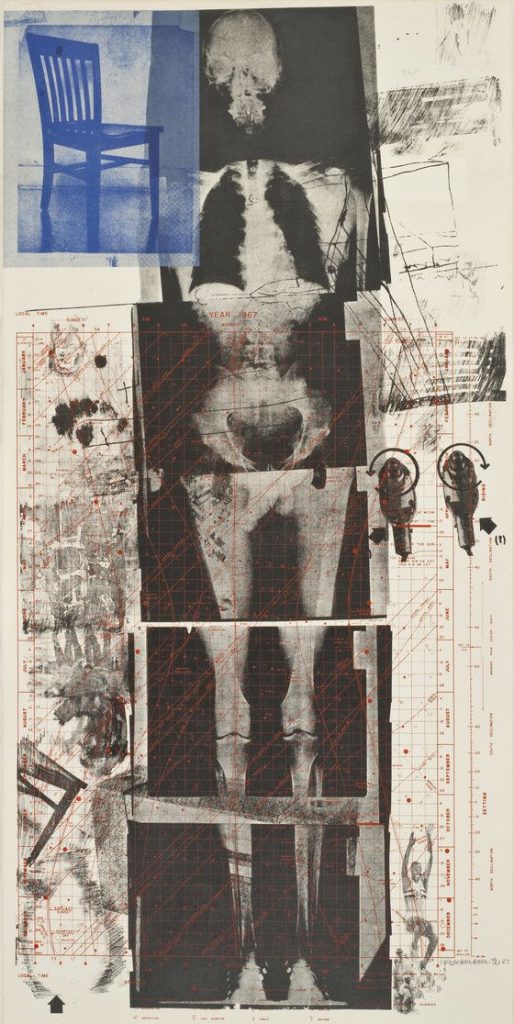Bryn Jones’ musical project Muslimgauze relies heavily on middle eastern aesthetics, sounds and politically charged messages. From the name to the rhythms to the cover arts I was quite surprised to read that Jones is not muslim himself nor he never went to the Middle East.
The two songs we are close-listening to which are Oil Prophets (Pt 1, 2, 3) and Tariq Aziz both mixes traditional middle eastern percussion with breakbeat elements. Tariq Aziz has almost a broken rhythm pattern which makes tape stops, glitches and filters out at times followed by middle eastern percussion and strings. Even though the track follows a repetitive drum programming it still has an ambient feeling to it in terms of structure and minimal chord progression. Oil Prophets (Pt 1, 2, 3) is a bit more of a progressive song in terms of production and structure. I can hear some Arabic vocals while also hearing samples and sounds of darbuka a traditional Turkish/Persian percussion. After following a more rhythmic and static structure the track comes into full power with pads and strings around 13 minute mark. The music is quite cinematic and atmospheric in my opinion.
As a Middle-Eastern myself I don’t really understand the full intentions of musicians and artists who centre these specific aesthetics and political messages as the biggest part of their work. While I can appreciate the provocation and activism, one can not stop thinking about the Western Orientalism these themes and subjects are vulnerable to.
Jones explains his project’s origins as a response to the Israeli invasion of Lebanon and heavily uses this theme around his music. I personally can not find any relation to the tracks’ titles and the musical content that they have. Although I appreciate some of his work and how he infuses many different elements in his music, I can’t help but think about the real motives behind this music. It comes off as a weird obsession a British musician had from the comfort of his home to me and comes off as really weird that he would build an entire discography and aesthetic around these topics and imagery without being part of it. Another example that comes to mind is 2006’s N.A.T.O. and her debut album Chor Javon. A commentary made in Arabic about the Afghani war by a Russian producer and Russian singer that has no relations to the Middle East nor have ever visited and don’t really know the language of.
I would be able to really appreciate these kind of works if these artists have actually gone on their way to do active activism and protest in these Middle Eastern countries themselves and get involved in social resistance groups, when it only becomes an aesthetic and a sound I can’t help but register that as a gimmick that sounded and/or looked cool to the artist.
Leath, S. (2013) An introduction to… Muslimgauze. Available at: https://thevinylfactory.com/features/an-introduction-to-muslimgauze/ (Accessed: 16 November 2022)

